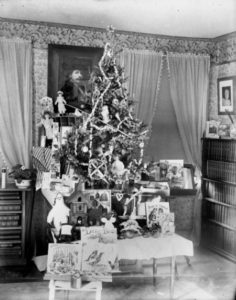Although a few people may have genuinely believed a separate insane asylum for Indians was a good idea in light of the considerable prejudice Indians faced from the dominant Anglo society, most supporters simply recognized the economic benefits the asylum would provide the community. That was almost certainly the factor that persuaded early politicians to railroad approval for the Canton Asylum for Insane Indians through Congress. Senator Richard F. Pettigrew wanted the asylum on behalf of his constituents in South Dakota, as did other South Dakotan politicians afterward.
In 1907, a laudatory newspaper article about Senator A. B. Kittredge noted his support for the asylum. “This asylum means much to Canton, and it can be truthfully said that during the years of Senator Kittredge’s work in the senate he has never forgotten Canton or its one Federal institution,” the paper said. Then the article’s writer went on to say much more than he probably meant to:
“While the sentiment in the senate has been against it [the asylum] most strongly, the senator has stood for the full appropriation of $25,000, and has always succeeded in landing it, and with the sentiment against it he has succeeded in getting through additional appropriations; last
year $3,500 for the purpose of building a water plant; and on the first of March of this year an additional appropriation was secured of $6,000 for the purpose of building additional laundry facilities, which are much needed at the asylum.”
Few in Congress supported Pettigrew when he introduced his bill to fund an Indian insane asylum, and few supported it afterward. South Dakota’s politicians were the driving force behind Canton Asylum’s creation and continued existence.




























